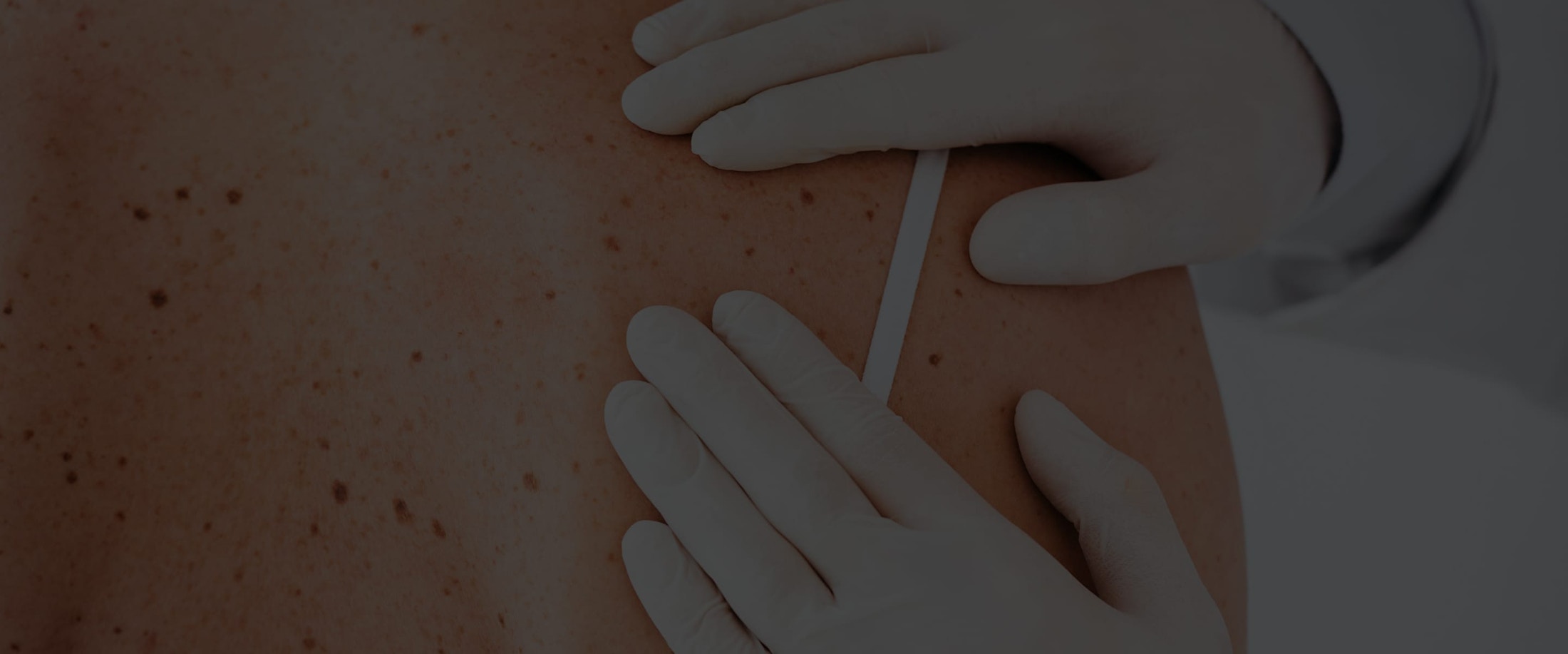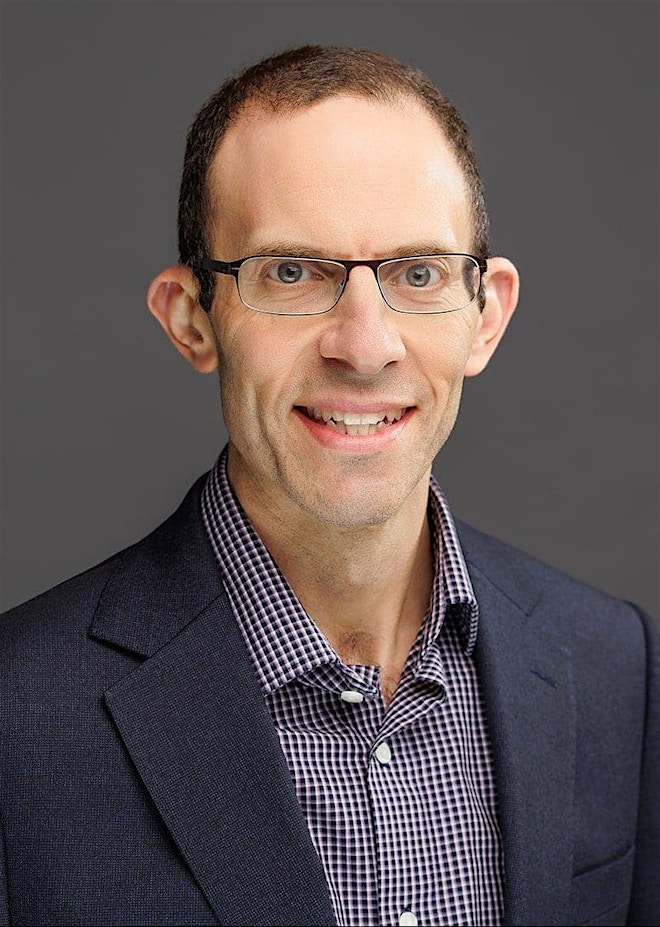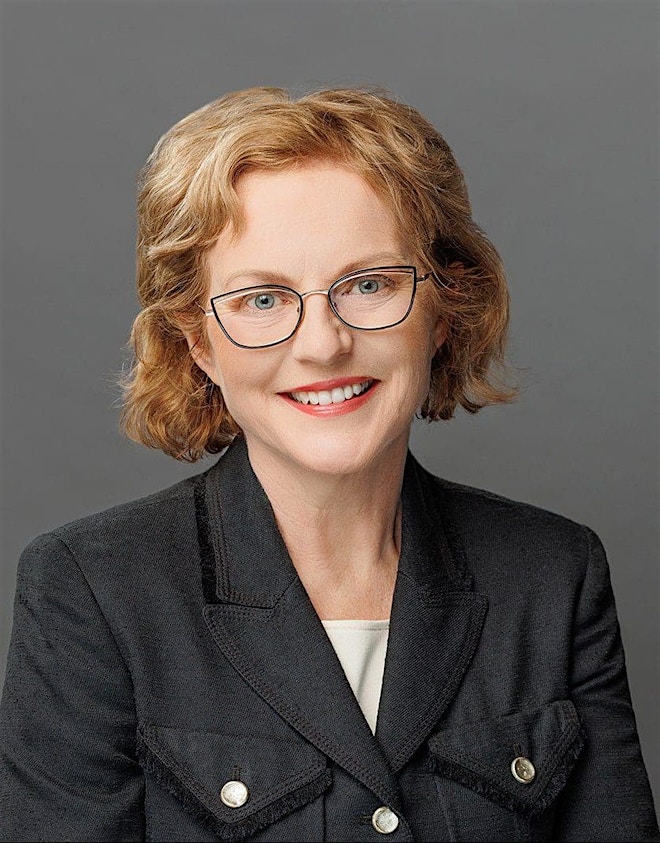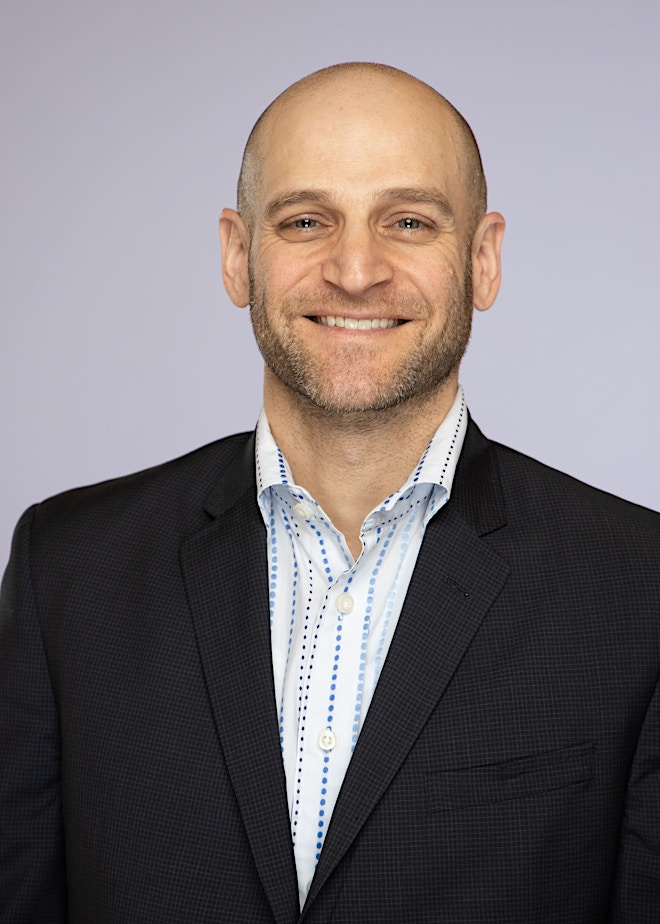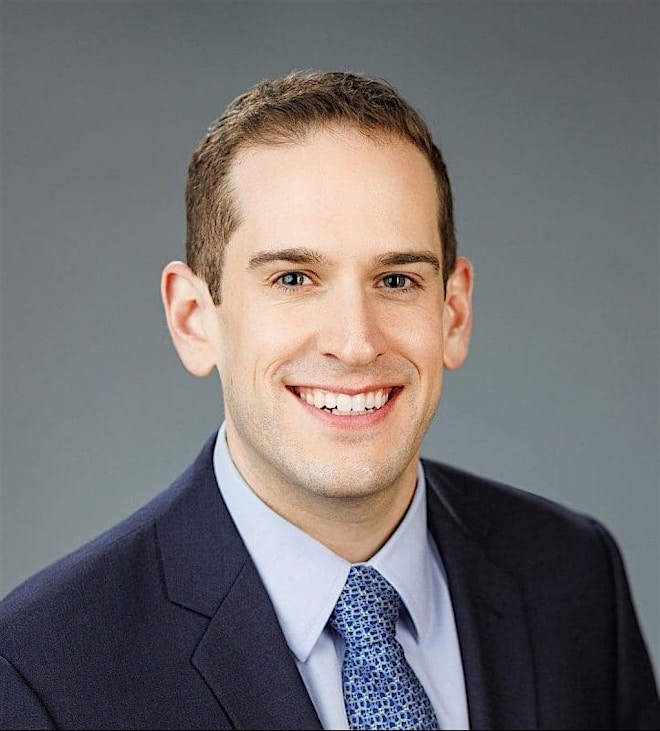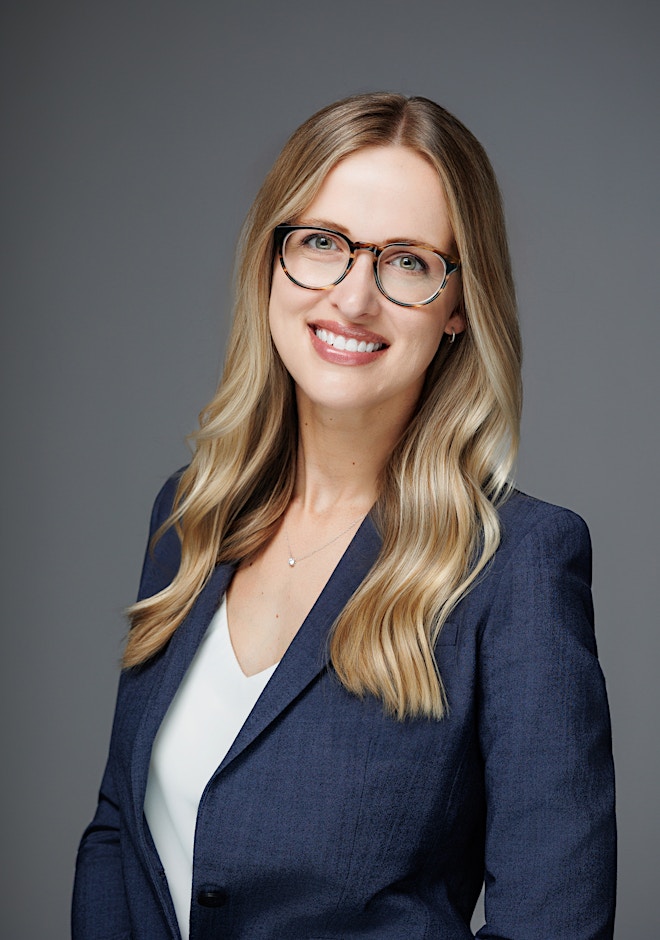The success rate for Mohs micrographic surgery is the highest of all skin cancer treatments—up to 99%—and is effective even when other forms of treatment have failed.
What Is Mohs Surgery?
Mohs micrographic surgery is primarily used to treat basal cell carcinoma and squamous cell carcinoma, the most prevalent types of skin cancer, but it is also applicable for less common tumors, including melanoma. It is the most exact and precise method of tumor removal and has been shown to minimize the chance of re-growth and lessen the potential for scarring or disfigurement.


